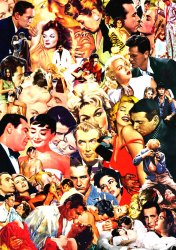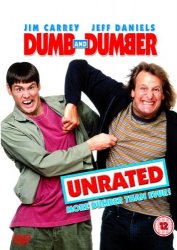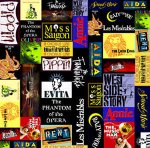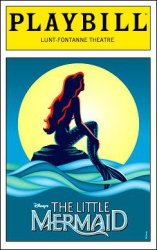Labor Intensive Animation Is Still Best! By Clayton Pickard, KIDS FIRST! Film Critic, age 16
Wednesday, October 5th, 2016 Animation is an amazing art form. Especially, the labor intensive forms, such as hand-drawn, traditional animation, stop-motion animation and claymation. All my favorite animated films use these types of animation. Computer generated animation (CGI) just doesn’t do it for me, especially in a feature film.
Animation is an amazing art form. Especially, the labor intensive forms, such as hand-drawn, traditional animation, stop-motion animation and claymation. All my favorite animated films use these types of animation. Computer generated animation (CGI) just doesn’t do it for me, especially in a feature film.
Traditional animation is known to be the oldest form of animation. The artist has to draw every frame to fashion the animation sequence. Numerous drawings are created and filmed to create motion. In traditional animation, timing is very important, since each frame has to blend into the soundtrack exactly. Some films that use 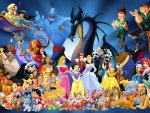 traditional animation, also called ink and paint, include the classic Disney features Snow White, Aladdin, Peter Pan and Sleeping Beauty. Walt Disney Feature Animation was the first studio to switch from hand-drawn to digital ink and paint, starting in the late 80s with The Rescuers Down Under. Studio Ghibli’s Princess Mononoke was the last feature film to exclusively employ traditional ink and paint.
traditional animation, also called ink and paint, include the classic Disney features Snow White, Aladdin, Peter Pan and Sleeping Beauty. Walt Disney Feature Animation was the first studio to switch from hand-drawn to digital ink and paint, starting in the late 80s with The Rescuers Down Under. Studio Ghibli’s Princess Mononoke was the last feature film to exclusively employ traditional ink and paint.
In stop-motion animation, physical objects are moved around and filmed, frame by frame, but through the magic of cinema it appears as fluid movement. Stop-motion animation has been around since the invention of film when Albert Smith and Stuart Blackton made The Humpty Dumpty Circus in 1898. Some films which use stop-motion animation are early South Park episodes, Coraline, James and the Giant Peach, Nick Park’s Wallace and Gromit series and his wonderful, Chicken Run. This year’s Kubo and the Two Strings took stop-motion animation to a whole new level. The origami characters that Kubo creates are mind-blowing in their grace and detail. My favorite stop-motion animation film is Wes Anderson’s Fantastic Mr. Fox. That film not only has great visuals, but an incomparable screenplay as well.
In claymation, balls of clay are molded together to create characters. Oil or water based clay is used to accomplish this. The characters are then filmed in short burst of movement to create a scene. Most of the films that use this technique are also stop-motion animation. Some of the best include the original Gumby series, the Wallace and Gromit shorts, Shaun the Sheep and Paranormal. I will never forget the chase scene on the train set in Wallace and Gromit’s The Wrong Trousers. That scene is the epitome of stop-motion animation!
The characters are then filmed in short burst of movement to create a scene. Most of the films that use this technique are also stop-motion animation. Some of the best include the original Gumby series, the Wallace and Gromit shorts, Shaun the Sheep and Paranormal. I will never forget the chase scene on the train set in Wallace and Gromit’s The Wrong Trousers. That scene is the epitome of stop-motion animation!
Throughout the years, new modern forms of animation have been created that resemble these older styles, but take less time to make and cost considerably less. These newer techniques are usually used in conjunction with the more traditional forms to create a hybrid animation if you will. The newer Studio Ghibli films employ this approach, a mix of computer animation and hand-drawn cels. This is what still gives those films such a wonderful, painterly look.
What do you think? What are your favorite animated films and what format are they created in? Let us know. We love to hear from our readers.




